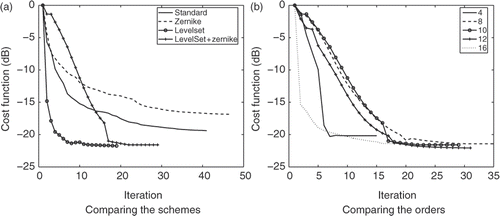Figures & data
Figure 1. Picture and cross-section of the microwave scanner measurement set-up presently developed at Institut Fresnel.
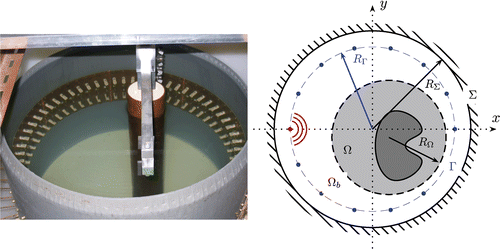
Figure 2. (Available in colour online). Exact positioning of the three targets inside the tank in the synthetic configuration. Only the inner circular part of the tank with a radius of 10 cm is plotted.
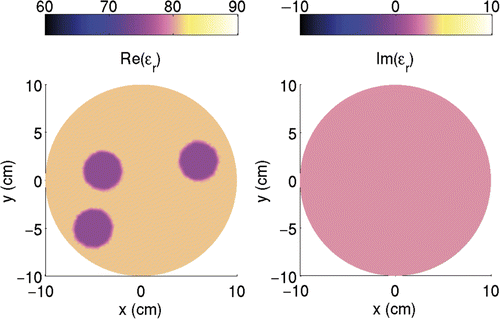
Figure 3. (Available in colour online). Real and imaginary permittivity profiles reconstructed at the end of the four iterative schemes. The results are obtained using the synthetic dataset starting with an initial estimate having the permittivity of the background. Only the inner circular part of the tank with a radius of 10 cm is plotted.
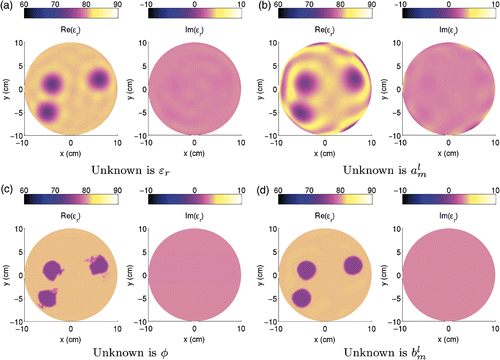
Figure 4. (Available in colour online). (a) Amplitude and (b) phase of the measured scattered field for each pair of emitter and receiver, when two tubes filled with a mixture of ethanol and water are positioned inside the water tank. The points which are too close to the emitting antenna are excluded.
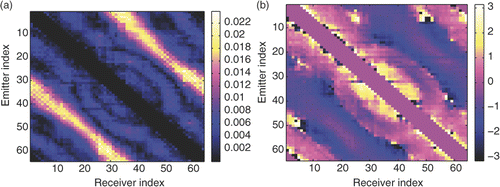
Figure 5. (Available in colour online). Real and imaginary permittivity profiles reconstructed at the end of the four iterative schemes. The results are obtained using the experimental dataset, with an initial estimate having the permittivity of the background. Only the inner circular part of the tank with a radius of 10 cm is plotted.
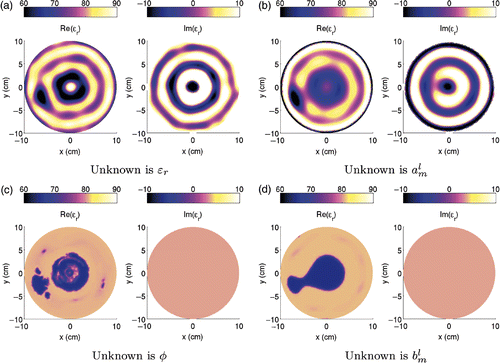
Figure 6. (Available in colour online). Real and imaginary permittivity profiles reconstructed at the end of the level-set function represented with Zernike polynomials. Several orders of Zernike polynomials are used to limit the number of unknown coefficients . The results are obtained using the experimental dataset, with an initial estimate having the permittivity of the background. Only the inner circular part of the tank with a radius 10 cm is plotted.
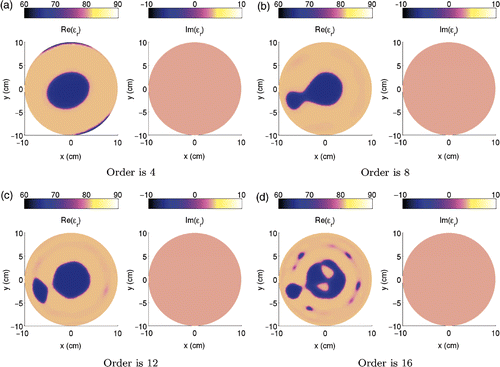
Figure 7. Evolution of the cost functional along the iterations. (a) The four schemes are compared. (b) The combination of the level-set function formalism and the Zernike polynomials representation is performed for various order of the Zernike polynomials. The dataset corresponds to the measured scattered field.
